About Love
I have had the good fortune to give, grant and follow love without ever regretting the consequences. Not only for me, but also for my
courses according to the program of the Ukrainian Federation of Yoga in English
posts and lectures on yoga exercises – on asanas that improve the body,
on pranayams that control the breath and inner spirit, meditations that control consciousness and attention
books by modern yoga scholars and other mystical traditions (such as Kashmir Shaivism, Buddhism, Tantra)
theory of yoga in the language of modern practitioners
detailed description of yoga asanas, sandhaana yoga, natya yoga, pregnancy yoga, partner yoga


I have had the good fortune to give, grant and follow love without ever regretting the consequences. Not only for me, but also for my
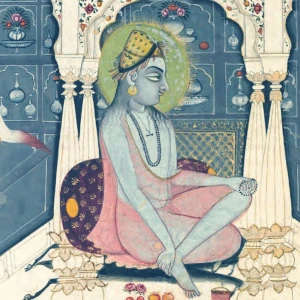
A person who has read the first sentence in a new language feels like overcoming a mountain. A person scrolling through Instagram feels the ease
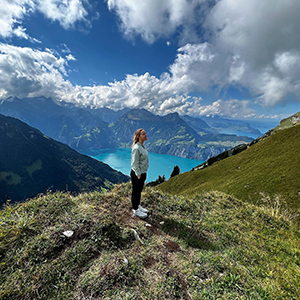
In times of emergency and critical situations, I felt a true reliance on the practice and teachings of yoga that I’ve been studying for almost
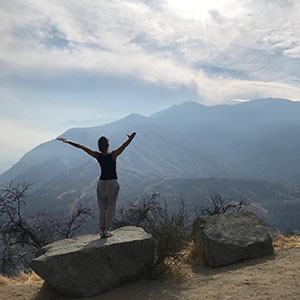
When we set out on a journey, we choose a direction. Guided by our deep desires, we fuel up with energy to fulfill them. Then
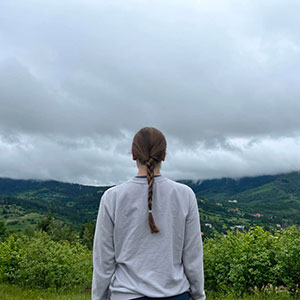
The phrase ‘being here and now’ used to remind us of mindfulness, but today it is increasingly becoming a slogan for escaping reality. This practice
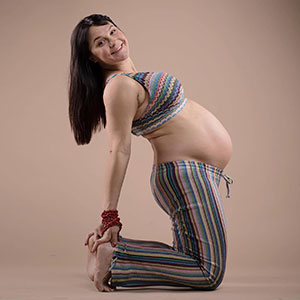
Prasu Yoga is pregnancy yoga aimed at supporting the mental and physical well-being of expectant mothers. In this post, we have gathered the most common questions
Author's channel of Andriy Safronov
Translations of scientific works on yoga.
Terms, words, symbols of yoga, as well as books and translations of primary sources.
Channel of Dmitry Danilov
Channel of Dmitry Danilov's team
Channel of Vlad Oheredko's team
Channel of Yuliia Yaroshenko's team
The channel is run by instructors in Paris
Hatha yoga, dance and self-defense in Lviv - open and free classes.